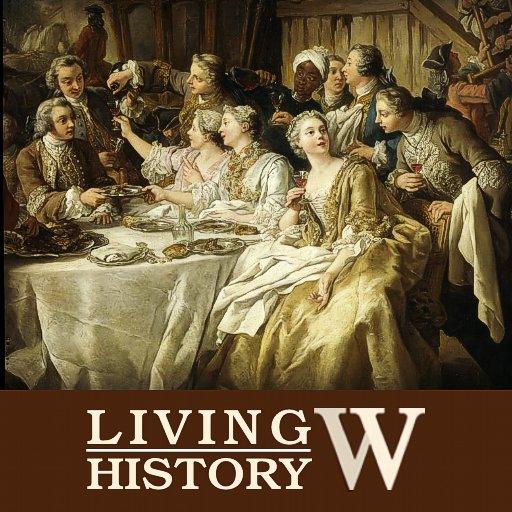In my notes on setting up an economical structure, I found a list of all that is produced within G&S. All of which I placed into a categorical listing of commodities, and processed and produced goods. The idea behind it was to give more insight in what is available within G&S, as it is often broader than people realize at first. And also to outline what a product is considered to be within the chains of produce, thus providing a certain basic allotment to the various optional professions. The first category would almost be the sole produce by the farms, a miller, and fishermen. The secondary would be the miner's part. And the third category would be for the artisans/shopkeepers, such as cooks/bakers, carpenters, blacksmiths, vintners, etc. The subsequent part was to settle values, with the eventual aim for standardized prices to all base products. Such a price could then be used for calculations along the further chains of produce. All through which a better and more realistic economical balance would arise.
Trade would step in on all levels, but the main idea was that the producers agricultural and mineral would sell their own first level produce, making it available to the producers artisanal. Or to consumers directly. The merchants would step into each lacuna; for instance with the staple good Oil - which is an impossible product for any realistic historical estate (as it comes from squeezing out dinos). In Magritte I imported salt from a Croatian saltmine, iron from Alto-Adige, and rice from the plains of Lombardia.
AGRICULTURAL
I - Staple goods - Grain, Rice, Bamboo (rence), Potatoes (suls), Wood, Wool, Cocoa beans, Sugar cane, Tea leaves, Coffee beans (blackwine), Fresh water (often bulked in barrels), and Oil.
II - Primary produce 1 (base and processed goods) - Eggs, Fruits (grapes and kalana), Honey, Wax candles (vela), Animal skins, Paper (papyrus)
III - Primary produce 2 (perishable) - Meats (beef (bosk), goat (verr), and pork (tarsk), Tomatoes, Milk, Seafood (fish, salmon, eel, tuna, lobster, oyster). NB: Under this category, for the sake of logic I also put Poultry (vulo), even though it is not perishable.
IV - Primary produce 3 (milled goods) - Flour (grain), Pastry flour (rence), Sugar, Cocoa Powder.
MINERAL
I - Raw materials - Iron, Copper, Gold, Salt
II - Forged materials (ingots) - Iron, Steel, Bronze, and Gold
ARTISANAL
I - Victuals - Processed meats (sausages, bacon), Dairy Products (cream, butter, cheese), all Baked and Cooked foods, Confectionery (jam, syrup), Wine, Distilled (brandy, liquor, rum, paga, sake, mead), Beers (regular and rence), Other Drinks (fresh water, tea, coffee, sweetened),
II - Packaging - Crates, Barrels, Buckets, Baskets, Pottery
III - Constructional - Planks, Scrap Metal, Hoops, Nails, Docks, Signs,
IV - Metalwork - Tools (regular and master), Weaponry (swords, bows, shields), Lighting (lamps, torches, lampposts)
V - Furniture - Chairs (2) and Stools (2), Tables
--
Abbondio Rezzonico
Banker, Merchant & Vintner
@ Rocca Sorrentina
updated by @abbondio-rezzonico: 08 Apr 2019 06:54:11PM



